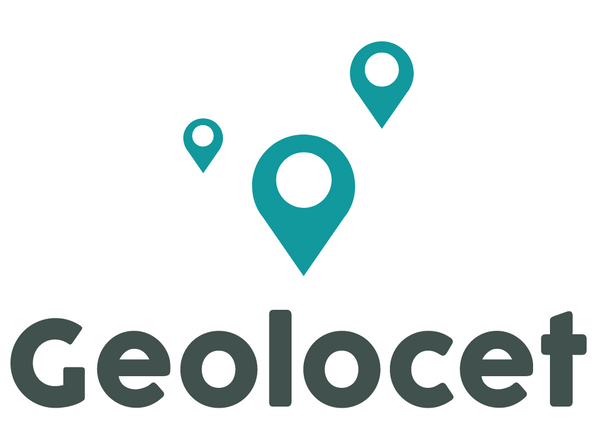Location intelligence (LI) is revolutionizing healthcare by empowering providers, policymakers, and researchers to make informed, data-driven decisions. By leveraging location-based insights, healthcare stakeholders can enhance patient care, improve health outcomes, and optimize resource allocation. This blog post explores four key applications of location intelligence in healthcare:
- Targeting Health Initiatives
- Optimizing Facility Planning
- Addressing Socioeconomic Disparities
- Enhancing Patient Navigation
Here’s a closer look at these applications and their associated benefits:
1. Targeting Health Initiatives
Healthcare organizations can effectively identify populations at risk for specific health issues by analyzing location-based trends and patterns. By mapping the prevalence of diseases within specific communities, healthcare providers can develop targeted health initiatives that focus on preventive care and education.
Benefits:
- Resource Allocation: By concentrating efforts on high-risk populations, organizations can allocate resources more efficiently, ensuring that health initiatives are impactful. This can involve deploying mobile clinics to underserved areas or conducting targeted awareness campaigns about disease prevention.
- Improved Health Outcomes: Tailored interventions lead to better disease management and prevention, ultimately resulting in healthier communities. For instance, targeted vaccination programs can significantly reduce outbreaks in vulnerable populations, while educational initiatives can raise awareness about lifestyle changes to combat chronic diseases.
2. Optimizing Facility Planning
Location intelligence aids in assessing geographic access to healthcare services, allowing organizations to make informed decisions about where to establish new facilities or allocate resources effectively. This application is particularly crucial in rural or underserved urban areas where access to healthcare is limited.
Benefits:
- Identifying Gaps: Organizations can pinpoint underserved areas, ensuring that new healthcare facilities are located strategically to serve the populations that need them most. This may involve analyzing data on existing healthcare services and overlaying it with population density to identify where additional resources are needed.
- Enhanced Accessibility: Optimizing the placement of healthcare facilities improves access for patients, reducing travel times and increasing satisfaction. This can lead to more patients seeking regular care, ultimately improving health outcomes. By ensuring that essential services are within reach, healthcare organizations can encourage preventative care, reducing the need for costly emergency services.
3. Addressing Socioeconomic Disparities
Location intelligence can help uncover socioeconomic disparities affecting health outcomes, enabling healthcare providers to develop targeted strategies to address these issues effectively. Understanding the relationship between economic status and health allows for more equitable care delivery.
Benefits:
- Health Equity: By identifying and addressing disparities in health access and outcomes, healthcare organizations can promote equity in care delivery. This can involve implementing programs specifically designed to serve low-income communities or providing transportation services for patients in underserved areas.
- Tailored Interventions: Insights into community needs allow for the creation of targeted health programs that address specific challenges faced by different socioeconomic groups. For example, a healthcare provider might develop programs focused on nutrition education and access to healthy foods in low-income neighborhoods to combat obesity and related health issues.
4. Enhancing Patient Navigation
Location intelligence can enhance patient navigation by mapping healthcare facilities and services, allowing organizations to create tools that improve patient access to care. By providing clear information about available services, healthcare providers can guide patients through the complexities of the healthcare system.
Benefits:
- Streamlined Access: Patients can easily locate nearby healthcare services, such as clinics, hospitals, and pharmacies, reducing barriers to care and ensuring timely treatment. This convenience can lead to increased utilization of preventive services, ultimately improving patient outcomes.
- Increased Patient Engagement: Enhanced navigation tools foster greater patient engagement, leading to improved health outcomes and higher satisfaction rates. By offering resources like mobile apps or web-based platforms that provide real-time information about service availability and wait times, healthcare organizations can empower patients to take charge of their healthcare journeys.
Conclusion
The integration of location intelligence in healthcare is transforming how organizations understand and respond to community needs. By focusing on the applications and benefits outlined above, healthcare providers can significantly enhance service delivery and promote better health outcomes.
Relevant Data for Implementation
To fully leverage the power of location intelligence in healthcare, organizations can utilize various types of relevant data:
- Demographics Data for understanding community needs.
- Administrative Boundaries for effective facility planning.
- Wealth Data for addressing socioeconomic disparities.
- Points of Interest Data for enhancing patient navigation and access.
By incorporating these data types, healthcare organizations can drive impactful changes that lead to healthier communities.

